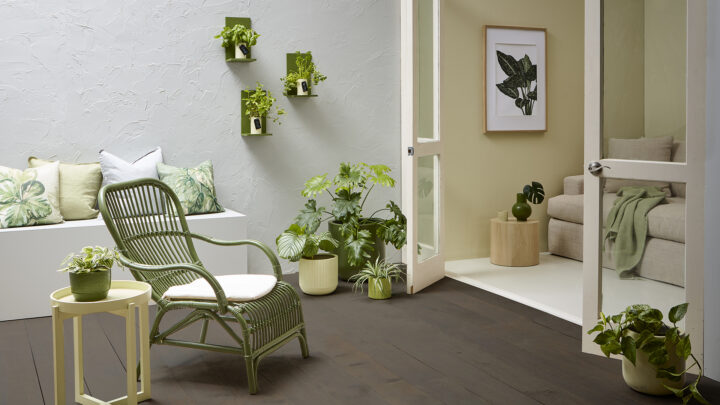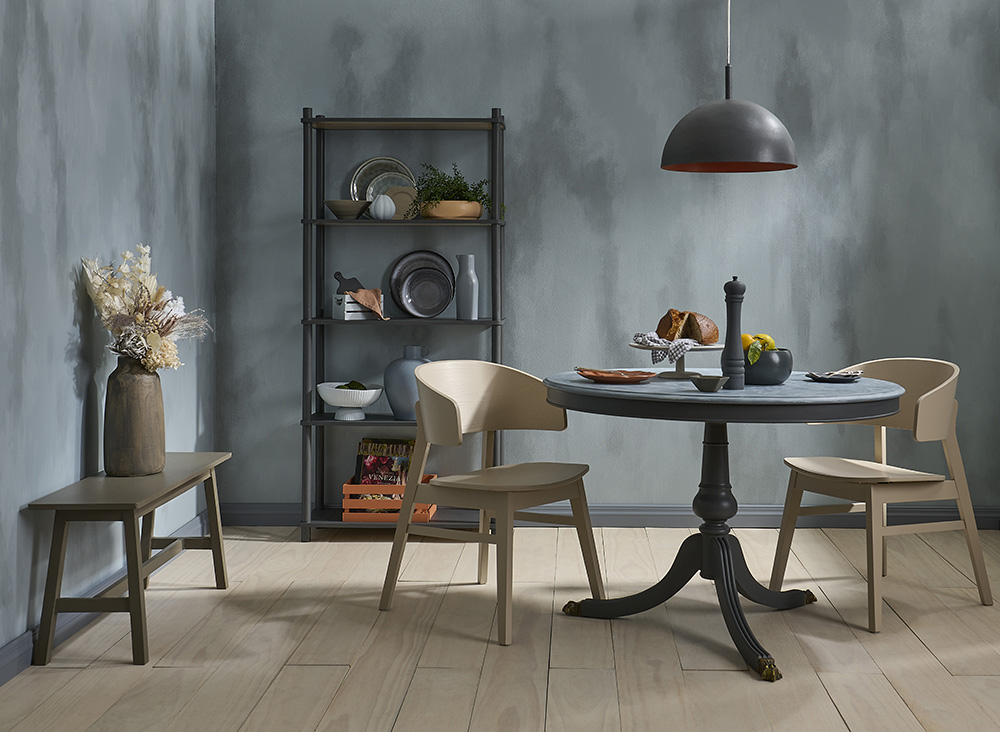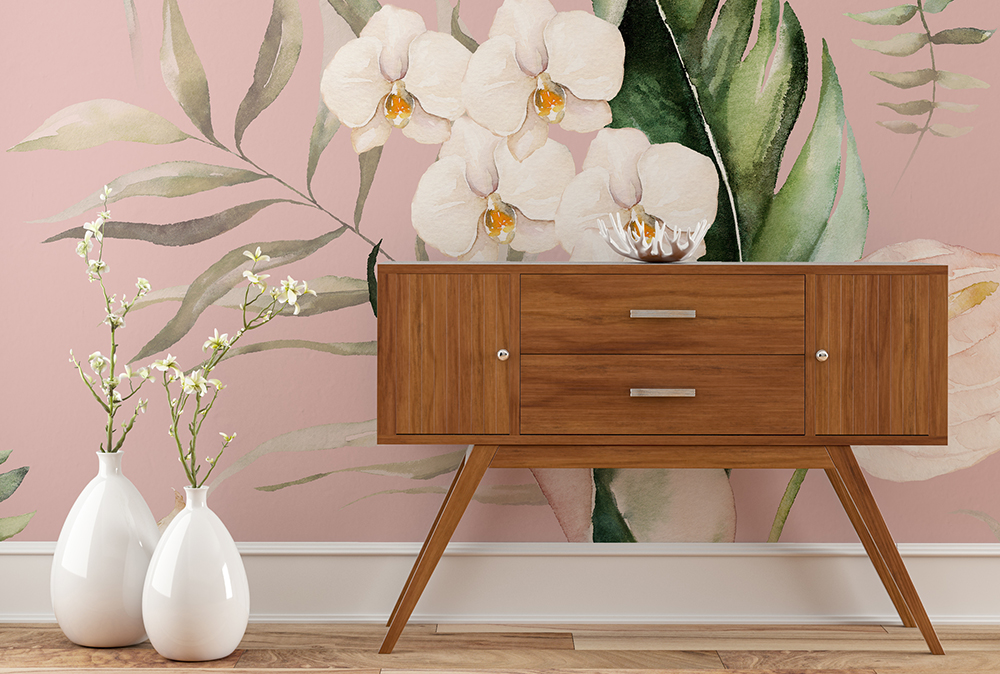Sustainable and eco-friendly decorating is not just about choosing an Environmental Choice-approved paint, it is also ensuring it is applied in an environmentally responsible way. But with so many paint options out there, how do you know if you are doing it in the most eco-conscious way? In this article, we break down what it means to be Environmental Choice-approved, how to select eco-friendly paint products and lastly, how to manage waste and clean-up in an eco-friendly way.
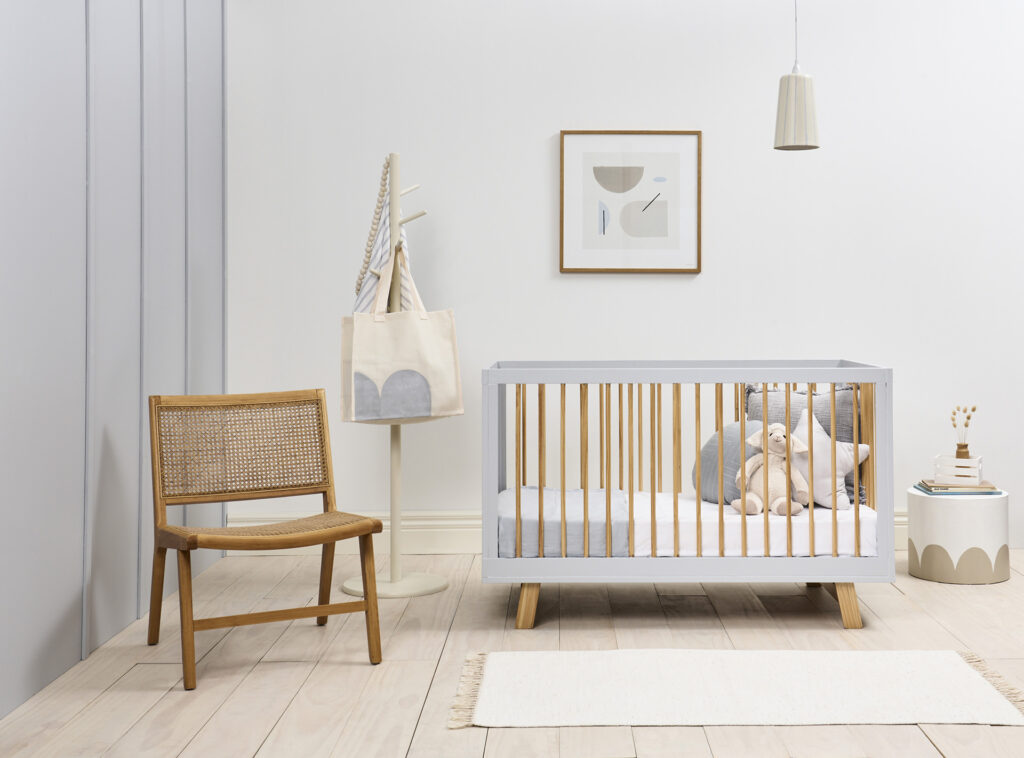
What does Environmental Choice-approved mean?
Environmental Choice NZ is now known as Eco Choice Aotearoa. It is New Zealand’s official eco-label offering strong independent proof of environmental best practice for those products and services that bear the label.
Resene has been committed to producing environmentally preferable paint products since just after the company launched in the 1950s. The company proactively removed lead from its products, developed a wide range of waterborne products to reduce the level of toxic solvents, and joined the Environmental Choice NZ programme back in the 1990s. Resene continues to provide the widest range of Environmental Choice NZ/Eco Choice Aotearoa approved paints today.
Having joined Eco Choice Aotearoa, Resene then set about removing almost all odorous material from Resene Zylone Sheen and Resene Ceiling Paint, giving users high quality products without the unwanted odours. For those who prefer no added VOC options, Resene Zylone Sheen Zero comes in a wide range of colours with no added VOCs.
There are so many catchwords and labels out there, identifying paints, stains and other home renovation products as environmentally friendly in different ways, that looking out for the Eco Choice Aotearoa label is a good place to start.
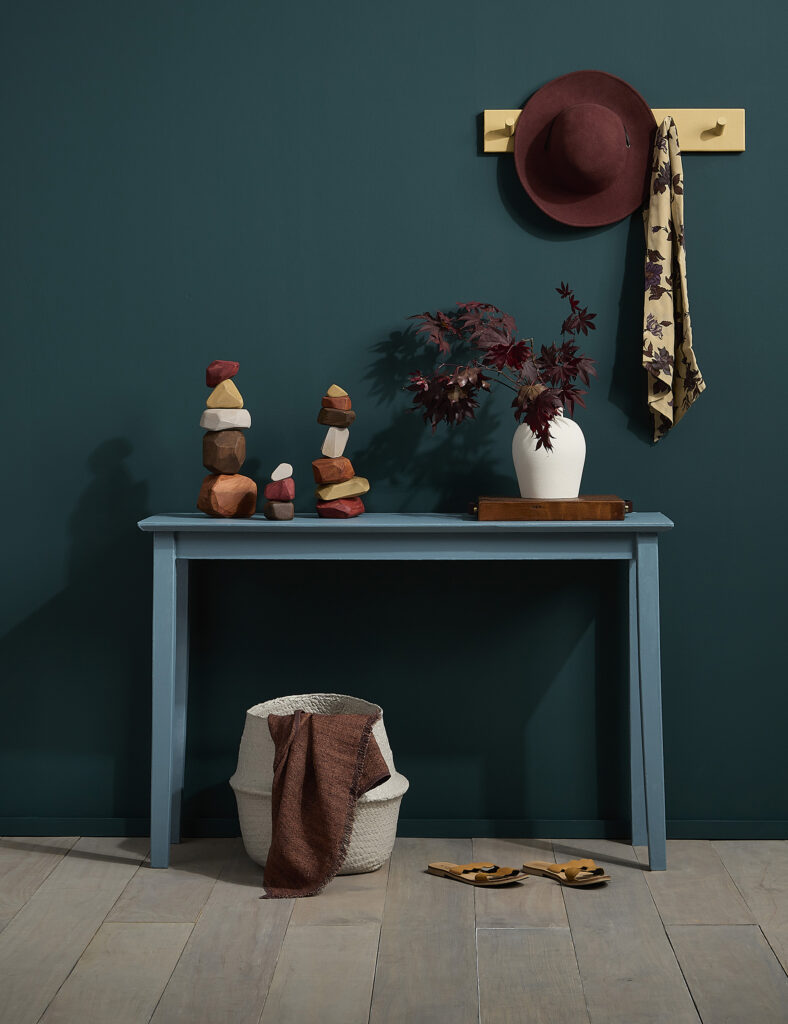
How to select eco-friendly paint products
It might come as a surprise to many to know that not all paints are vegan. Traditionally some different types of paint have contained animal products such as beeswax or tallow, but today choosing a vegan paint is actually fairly straightforward, thanks to the development of new hybrid waterborne alkyd polymers based on plant oils such as linseed and castor oil, rather than fossil hydrocarbons.
Resene’s new range of plant-based hybrid waterborne alkyds are Eco Choice Aotearoa approved and include products like Resene Velvet Low Sheen, Resene Waterborne Lusta-Glo and Resene Woodsman Decking Oil Stain.
If you are committed to not using animal products be sure to also ask for synthetic brushes and rollers.
Top tip
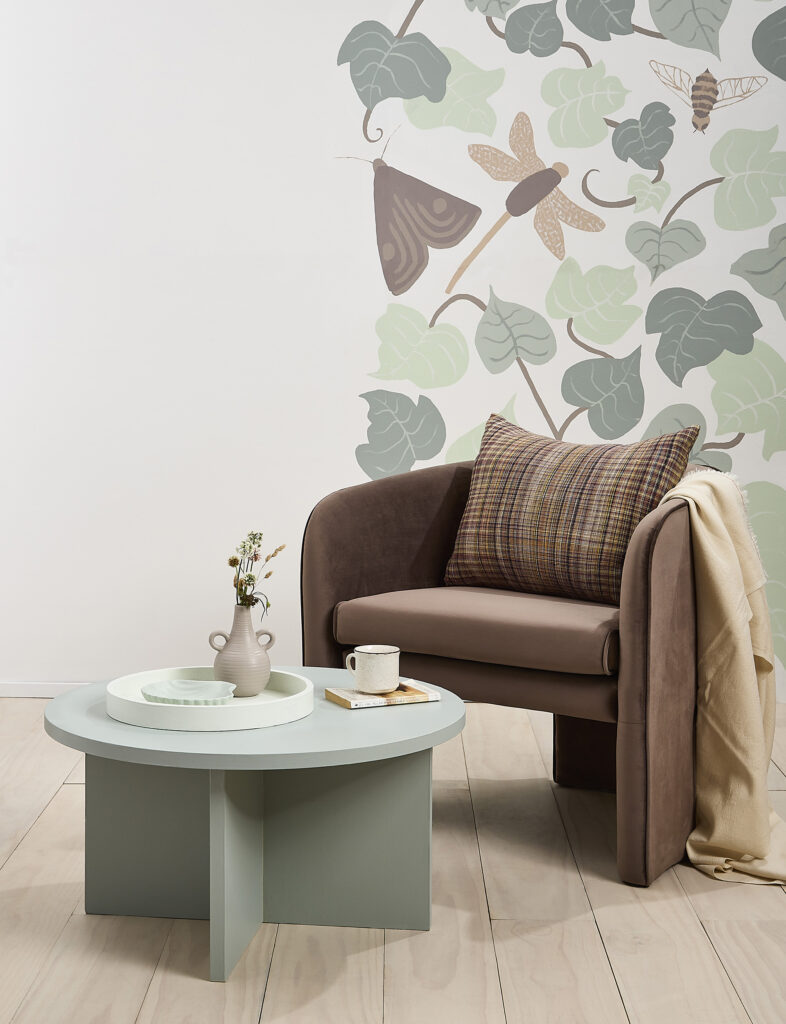
How to manage waste and clean-up
Whether it is a simple re-paint, or a full construction project it is always best to have a plan for waste. Below are five tips from Resene to help you manage waste and have a plan for clean up:
- Even if you’re just painting a small room, take the time to measure the area so you can accurately measure how much paint you will need. Resene has a handy online paint calculator that can help with this.
- Avoid waste by storing your paint correctly. When you’ve finished, cover the top of the paint container with plastic wrap and place the lid on securely. Some decorators prefer to store it upside down so the paint will create a tight seal around the lid to keep it fresher for when you next wish to use it. Store away from extreme heat or cold. Keep out of reach of children.
- If you do have paint left over that you don’t think you will use for touch ups or other projects, you could contact local charities or schools to see if they can use it for their own projects. You can also take unwanted paint and paint containers into selected Resene ColorShops which have been designated as Resene PaintWise collection centres. They can also recycle packaging materials that are recyclable and send solventborne paints to solvent recovery.
- If you are doing most of your renovation work yourself, do some research on waste services in your local area that may help you dispose of different materials.
- If you are using a builder or painter to help complete your project, ask them how they dispose of materials. You can also work with a Resene Eco.Decorator, which is a network of painting contractors who have undergone assessment of their environmental practices, such as sustainable work practices, waste management, project plans and project sign off processes.
Wrap your brush in plastic wrap or place your roller in a plastic bag, squeeze out the air and tie the bag securely around the handle of the roller with a rubber band or twist tie. This will keep the paint fresh while you’re taking a break and save you having to rinse out brushes and rollers repeatedly, reducing wastewater.
Top tip
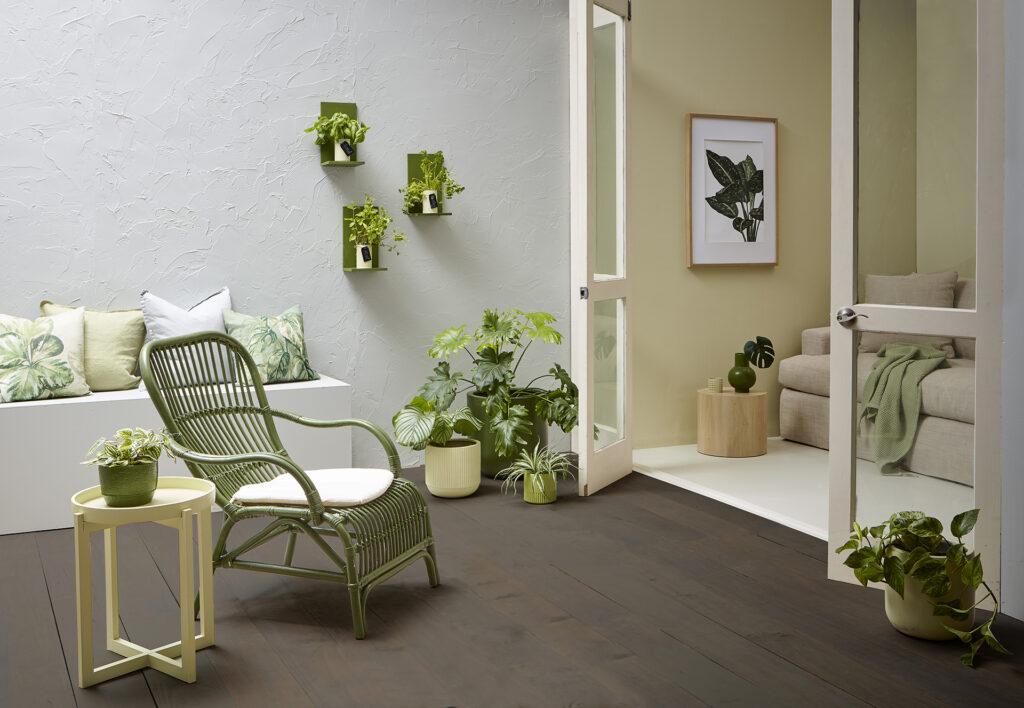
The most important thing you can do to minimise your decorating on the environment is to make sure you use the product that is best suited your project to ensure you are protecting the surface well. It’s best to choose quality paint that will keep your surface in the best condition possible to keep your project in good shape.
Visit your Resene ColorShop or use the free Resene Ask a Paint Expert service to find the best eco-friendly paint or wood stain options for your project.
